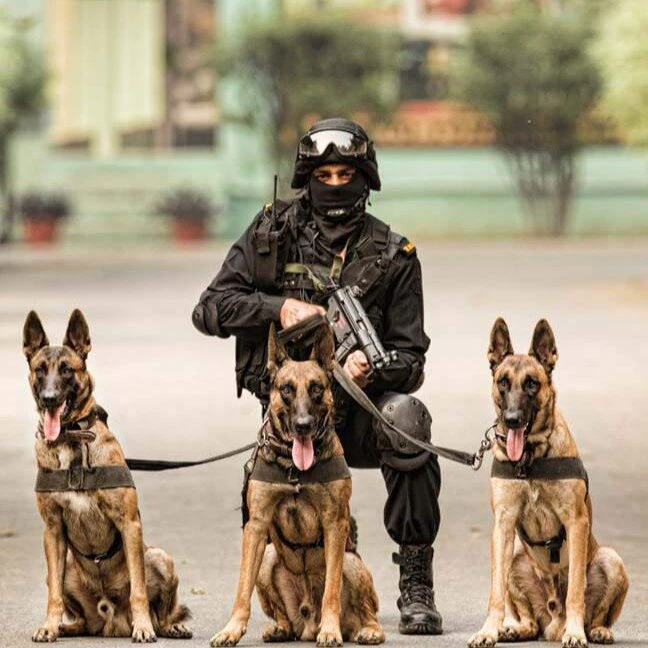In recent years, there has been a troubling increase in reports of unprovoked bites and attacks by police dogs and service dogs. These incidents often stem from inadequate k9 police dog training and poor handler-dog communication. The consequences of such failures can be dire, not only for the public but also for the dogs themselves. For example, some police dogs have tragically died because their handlers made poor training choices.
During a drug raid, officers from a nearby department shot a police service dog after it attacked them. The official cause of death is recorded as gunshot wounds, but inadequate training is the true issue that needs to be addressed.
What hinders a police service dog’s effectiveness in the field? Departments, such as one in California, are reducing their K-9 units to just 2-3 dogs due to their lack of effectiveness. Insufficient training and handling impair a dog’s ability to make decisions under stressful conditions, which is critical in high-pressure situations.
The effectiveness of a police canine is heavily reliant on the training they receive. Departments that neglect to invest in thorough K9 training initiatives might end up with dogs that are not only inefficient but also pose a threat to public safety. Law enforcement agencies must understand that the relationship between a handler and their canine partner is vital for the success of their operations. A well-trained K9 can be an invaluable asset, enhancing the safety and effectiveness of police work.


When discussing K9 training, it is important to highlight the breeds that are most commonly utilized in police work. The German Shepherd and Belgian Malinois are two of the most popular breeds for police dogs due to their intelligence, agility, and strong work ethic.
German Shepherds are renowned for their adaptability and have been employed in numerous roles, such as search and rescue, drug detection, and patrol duties. Their loyalty and protective instincts make them ideal candidates for police work. These dogs are not only physically capable but also possess the mental acuity necessary for complex tasks.
Belgian Malinois are frequently preferred due to their abundant energy and strong motivation. These dogs are agile and can perform complex tasks, making them excellent for apprehension and detection work. Both breeds require rigorous training to ensure they can perform effectively in high-stress situations. The selection of the right breed is crucial, as it can significantly impact the overall effectiveness of the K9 unit.
Despite advancements in K9 training techniques, several challenges persist that can hinder the effectiveness of police dogs. One major issue is the inconsistency in training standards across different law enforcement agencies. Without a unified approach to K9 training, some dogs may receive inadequate preparation for real-world scenarios, leading to unpredictable behavior during critical operations. Additionally, the high turnover rate of handlers can disrupt the continuity of training, as new handlers may not fully understand the specific needs and capabilities of their canine partners.
Another challenge is the reliance on outdated training methods that may not align with modern policing needs. Some departments continue to use techniques that emphasize aggression rather than building a strong bond between the handler and the dog. This can result in dogs that are overly aggressive or unable to differentiate between a threat and a non-threatening situation, increasing the risk of unnecessary bites or attacks.
Moreover, the mental and physical well-being of K9s is often overlooked. Stress and fatigue can significantly impact a dog’s performance, making it essential for departments to prioritize the health of their canine units. Regular breaks, mental stimulation, and proper care are crucial for maintaining a K9’s effectiveness in the field.
Addressing these challenges through comprehensive k9 police dog training programs, updated methodologies, and a focus on the well-being of police dogs is vital for enhancing the overall effectiveness of K9 units. By investing in proper K9 training, law enforcement agencies can ensure that their canine partners are not only skilled but also safe and reliable assets in their operations.
